Voter turnout for Student Government Association elections last month was the lowest it has been in nearly ten years.
Just 880 students out of the eligible 13,381 voted, according to SGA data. This means during the two-day voting period on Feb. 19 and 20, only 6.58% of eligible students cast a ballot.
In 2016, 750 students cast ballots, which was approximately 5.79% of eligible voters that year. Since then at least over 1,000 students have voted in every election, except for this year.
One factor that could explain the low turnout is a lack of contested races, said SGA Election Commissioner and senior student Micheal Poirier.
This year, only three positions had more than one candidate in the running, including just one candidate, Grace LoPiccolo, for president. Many positions had no candidates at all and seats were filled through write-ins.
“When more races are competitive, students may feel a stronger incentive to vote for the candidates they believe best fit the roles,” Poirier said.
Jack Johnston, a SLU alumnus who served as SGA’s election commissioner in 2022, agrees that turnout is directly related to how many candidates are on the ballot.
“When there are multiple well-known presidential candidates with well-operated campaigns, that will drive turnout,” Johnston said. “In 2022 for example, we had lower turnout, but we also had an uncontested presidential race and all the other executive positions except one were uncontested as well.”
An interactive graph depicts SGA election turnout by comparing the number of students eligible to vote and the number of students who voted between 2016-2025. (The University News / Ulaa Kuziez)
Since this election directly followed a presidential election, students might also just have been drained of participating in the voting process. In many cities and counties, including St. Louis, local elections are starting back up.
“Another potential reason is voter fatigue,” Poirier said. “Especially following recent elections, which can lead to general disengagement from voting processes at any level.”
Other years with low turnout on campus coincided with national elections. The only other two years with voter turnout of less than 20% are 2016 and 2024. While this year’s SGA election came months after a polarizing election, the 2016 and 2024 SGA elections happened during presidential elections as well.
In addition to post-national election fatigue, this year’s SGA elections took place during midterms week when many students were likely too distracted by their studies to vote.
Marisa McGill, a freshman studying accounting at SLU, said she didn’t vote due to midterm stress.
“During midterm week my main priority was studying and working on assignments, I wasn’t as focused on other activities as I normally would be,” McGill said. “I was so focused on my exams I don’t think I really noticed the emails and posts about the election until after.”
Many candidates did start campaigning weeks before midterms, however McGill said it would be helpful to get more information about the election itself in advance.
“I noticed a couple posters of candidates before midterms but I didn’t think too much of it,” McGill said. “I didn’t realize when to vote until after the election had already passed because I was more focused on my midterms.”
To encourage voting during the busy week, SGA members tabled in the Busch Student Center and offered “I voted” stickers and Dunkin’ Donuts gift cards.
Voting takes place online via SLUGroups and typically takes a few minutes to complete. Though no technical glitches occurred this year, in 2022, issues with the voting platform prevented some students from voting, Johnston said.
“We fixed the problem and extended voting times, but without a big race for students to feel passionate about, many students did not seek out the corrected ballot once it was available,” Johnston.
Besides incentives, Poirier said there are several other best practices for increasing voter turnout, including frequent communication about the election, showing students the importance of the election and making voting accessible.
“I wanted to make sure that students knew about the election, made it easy to vote, featured candidates via social media and other internet communication, and provide an incentive for students engaging with SGA and doing their civic duty at SLU,” Poirier said. “There is always more that we can do, and hindsight is 20/20, but overall I felt positive about how we engaged with the student population this year.”
Some candidates also put up their own posters and Instagram posts, and sent emails promoting their campaign.
Still, some students did not engage with or did not know about the campaigns leading up to the election.
Freshman Elly Mitchell, a public health major, said she did not vote because did not know enough about who was running. Though there were extensive bios about the candidates published by SGA, Mitchell said shorter summaries would have been more helpful for her.
“I needed more easily accessible information about each candidate so I could be an informed voter,” Mitchell said. “It would be really helpful if SGA could send out an email about all the candidates with a couple bullet points about each of them.”
SGA compiles and publishes candidate bios, but candidates should also reach out to students and campaign on their own, Johnston said.
An interactive line graph shows SGA election turnout by percentage from 2016-2025. (The University News / Ulaa Kuziez)
Mason Bader, a freshman who ran for Vice President of Communications and International Affairs as well as a senator for the College of Arts and Sciences, ultimately won his seat as a senator. Bader said being on the ballot motivated him to vote.
As a first time voter, Bader said accessing the online ballot was easy and the selection process was quick, so he was surprised not more students voted.
“But the second, and likely more important reason [I voted] is that I feel it is my duty as a student of SLU to participate in the democratic process,” Bader said.
SGA has a major impact on the SLU community, though some students don’t realize the full scope of what it does. The elected body regularly meets with administrators, charters student organizations and allocates thousands of dollars to them.
“SLU is in a unique situation where the student leaders actually have the opportunity to induce change and work to make our school a better place for all,” Bader said. “To ensure that positive change can occur, it’s important for all students to use their voice and vote for who they believe is a better candidate.”
If students want to see change on campus, SGA members say they should vote and engage with the student government.
“The relationship between the student body and SGA is important because SGA is the main way for the student body to foster institutional change at SLU,” Johnston said. “It’s probably too bureaucratic for some students, but if you look at SLU’s past, SGA has been a part of some historic moments at SLU.”
Just like in local and national politics, it is important to build relationships between students and the government that represents them, Poirier said. That was one of his big goals for the SGA election this year.
“I feel very confident that the newly elected executive board will continue to advertise how SGA impacts the student experience,” Poirier said. “If this relationship between SGA and students continues to be strengthened like it has been this year, I believe we will see increased voter engagement.”




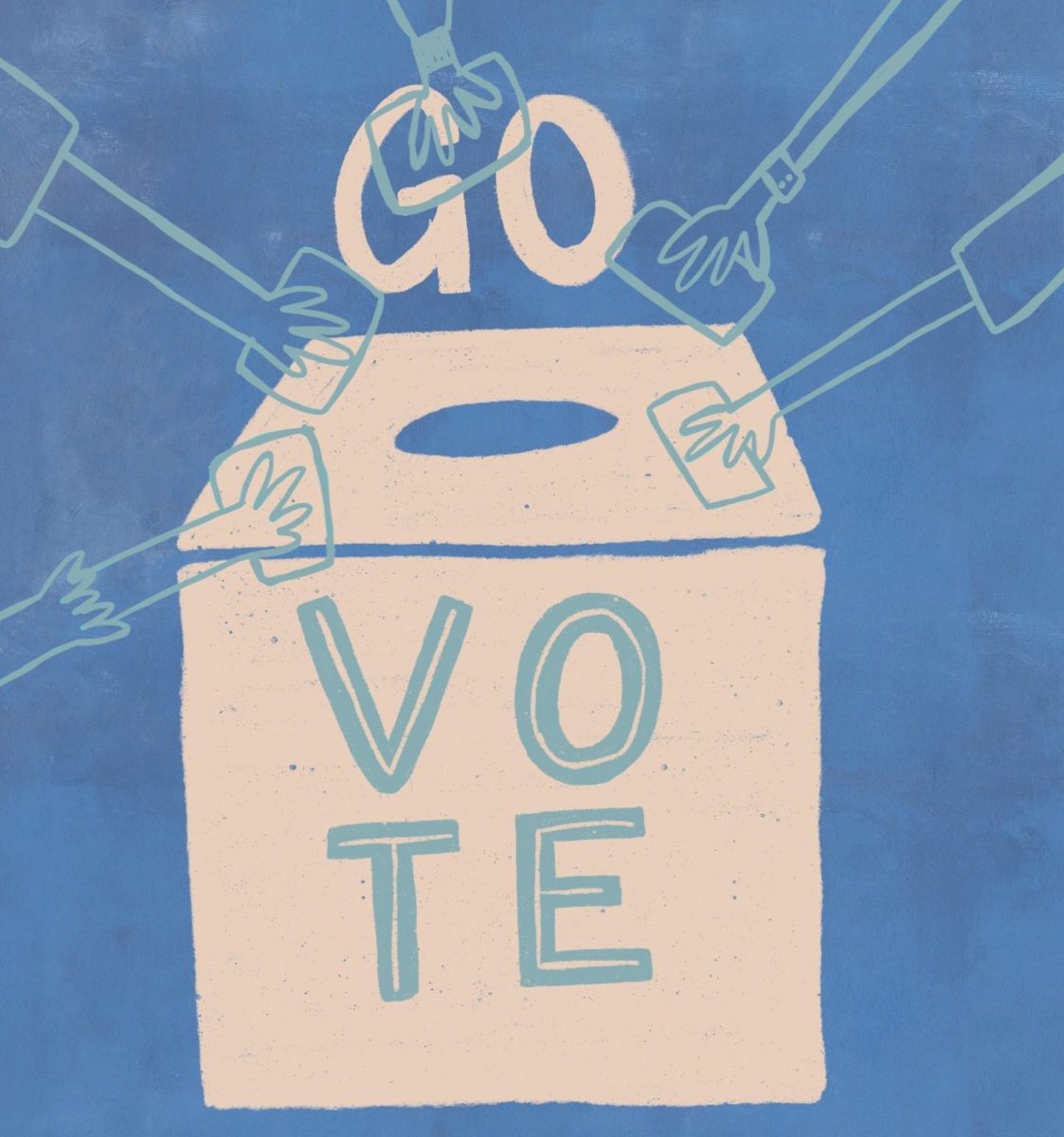
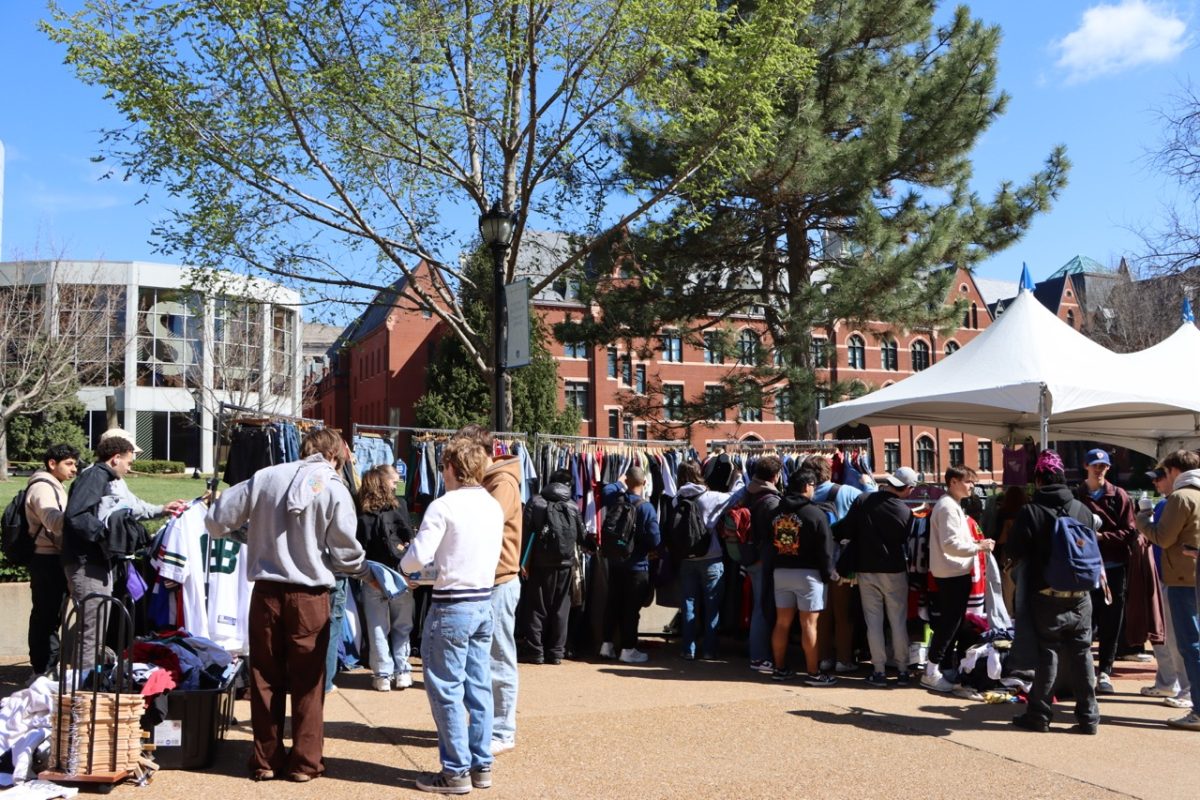

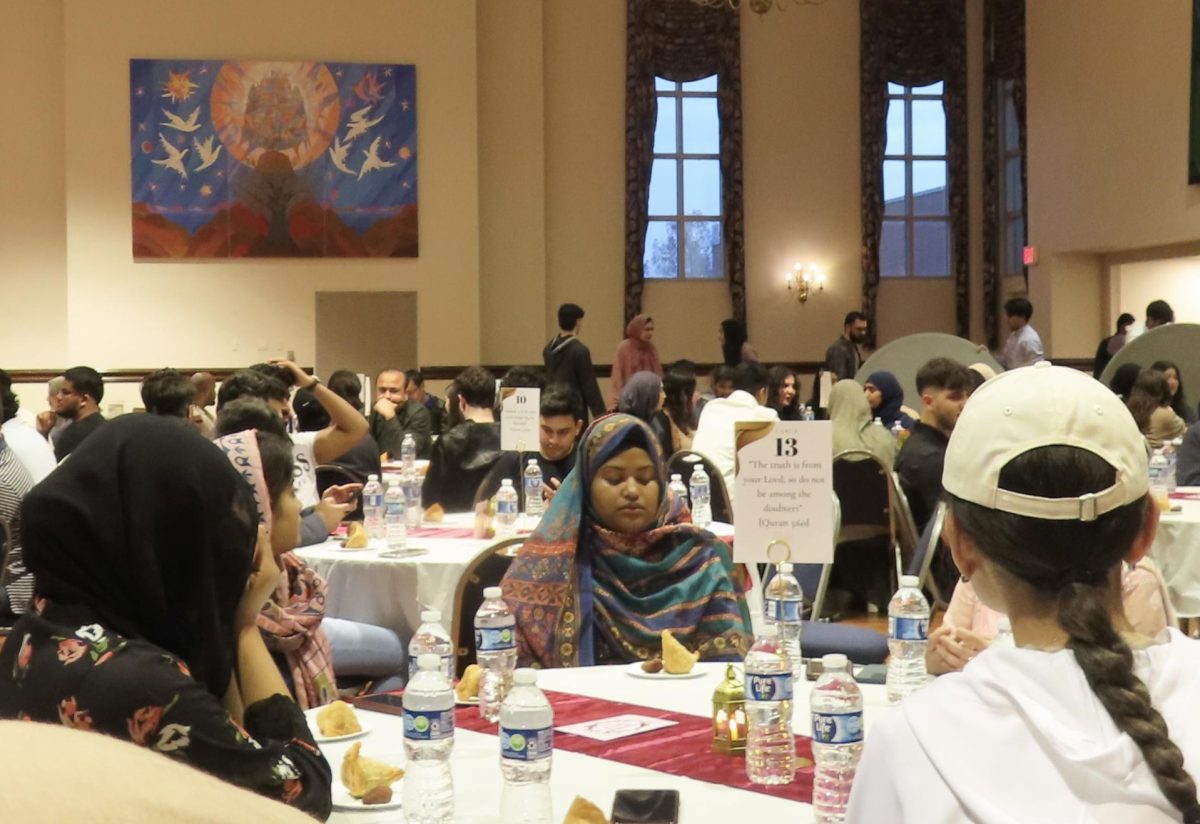
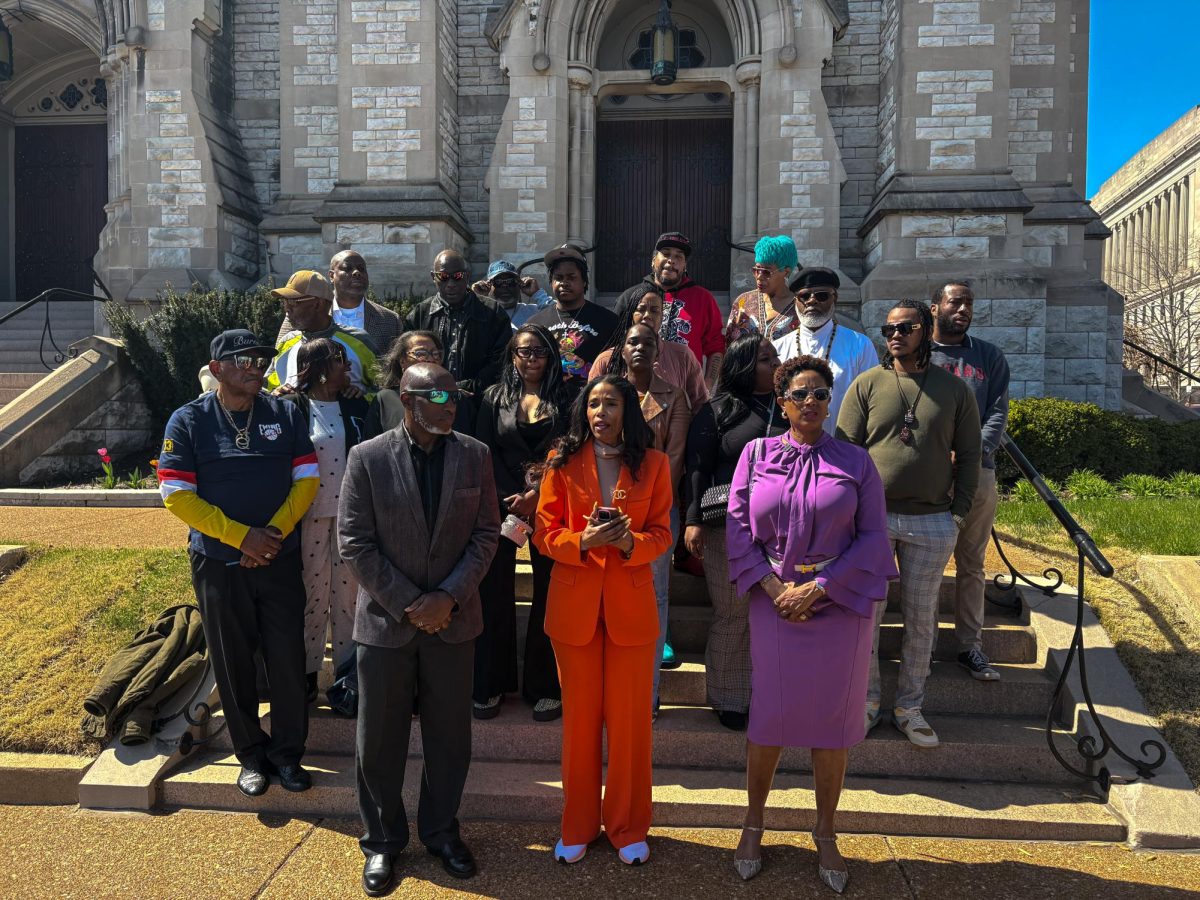
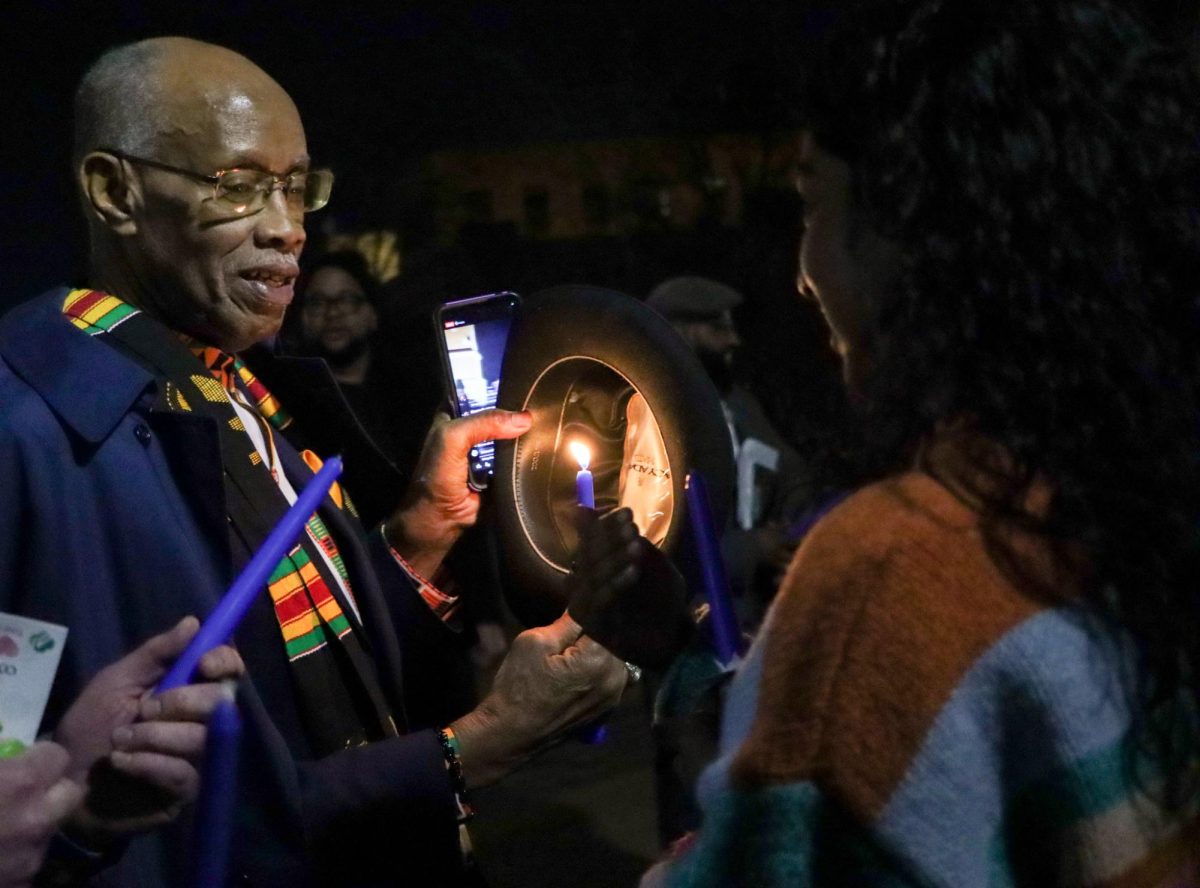


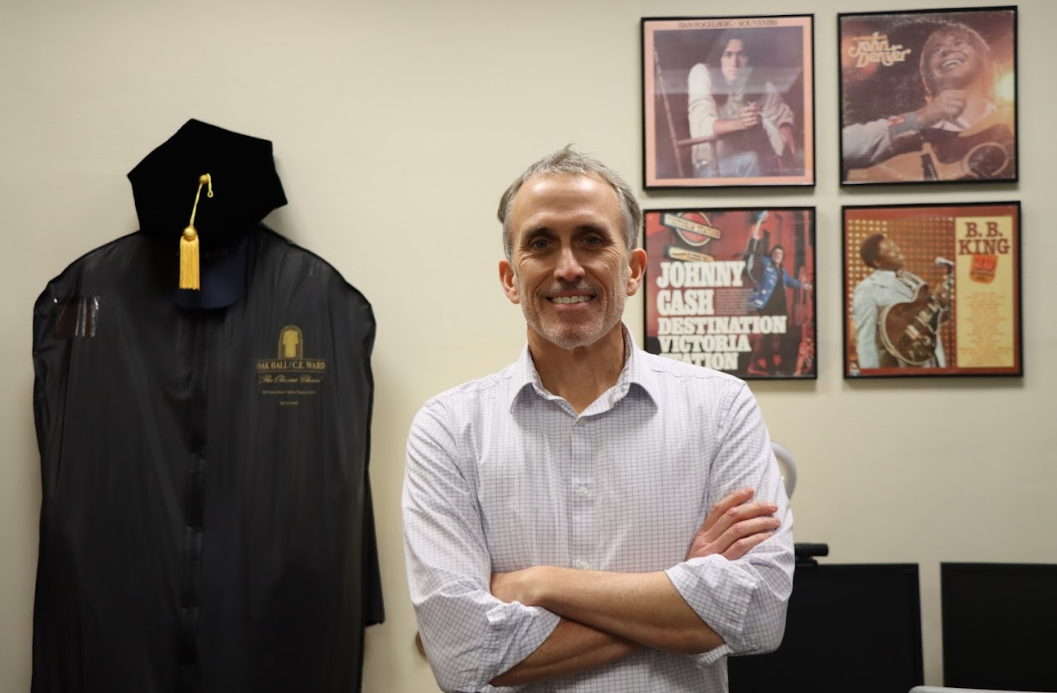
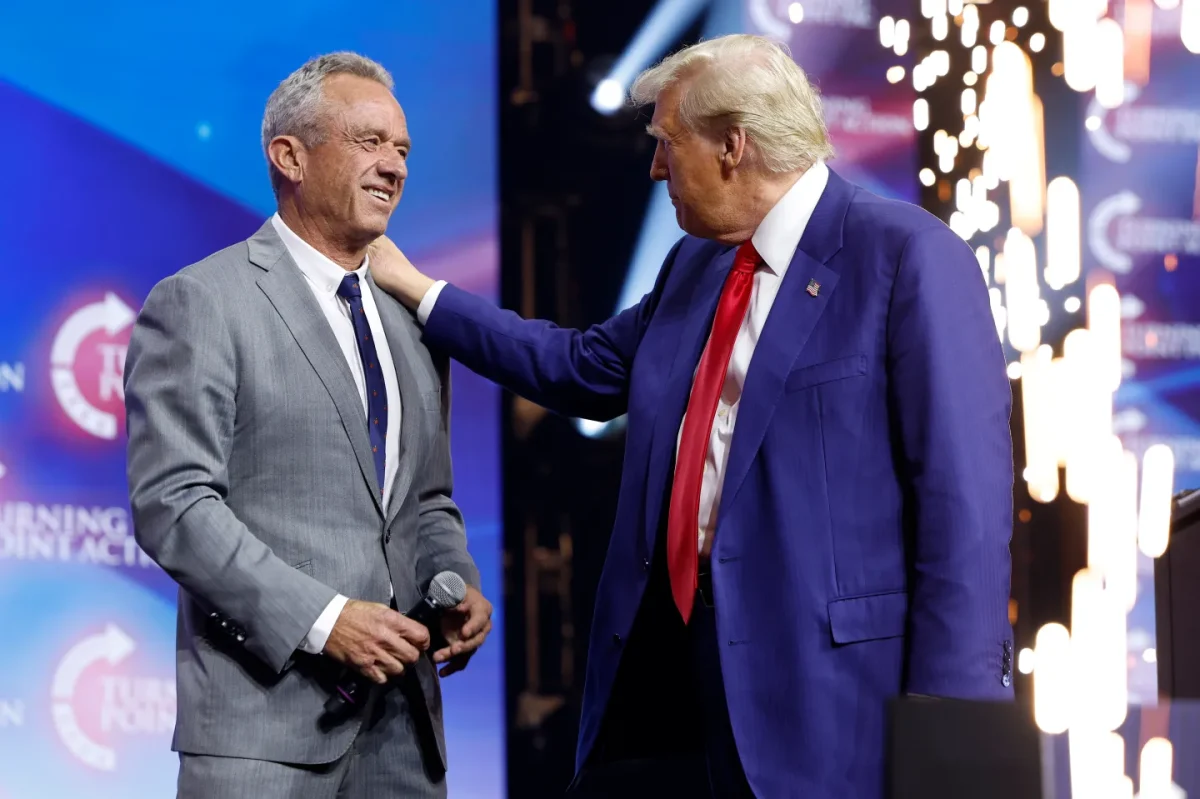
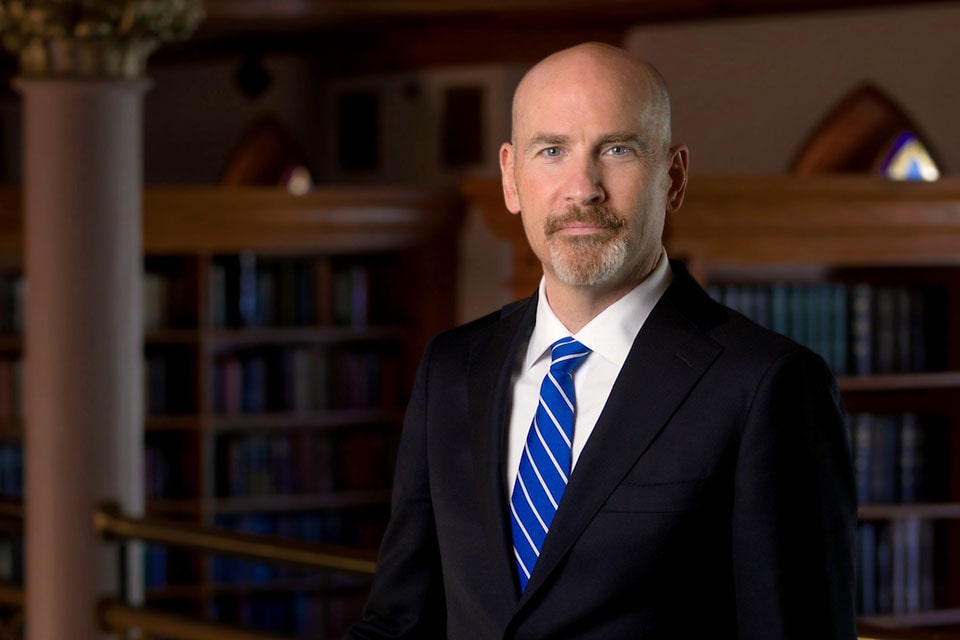


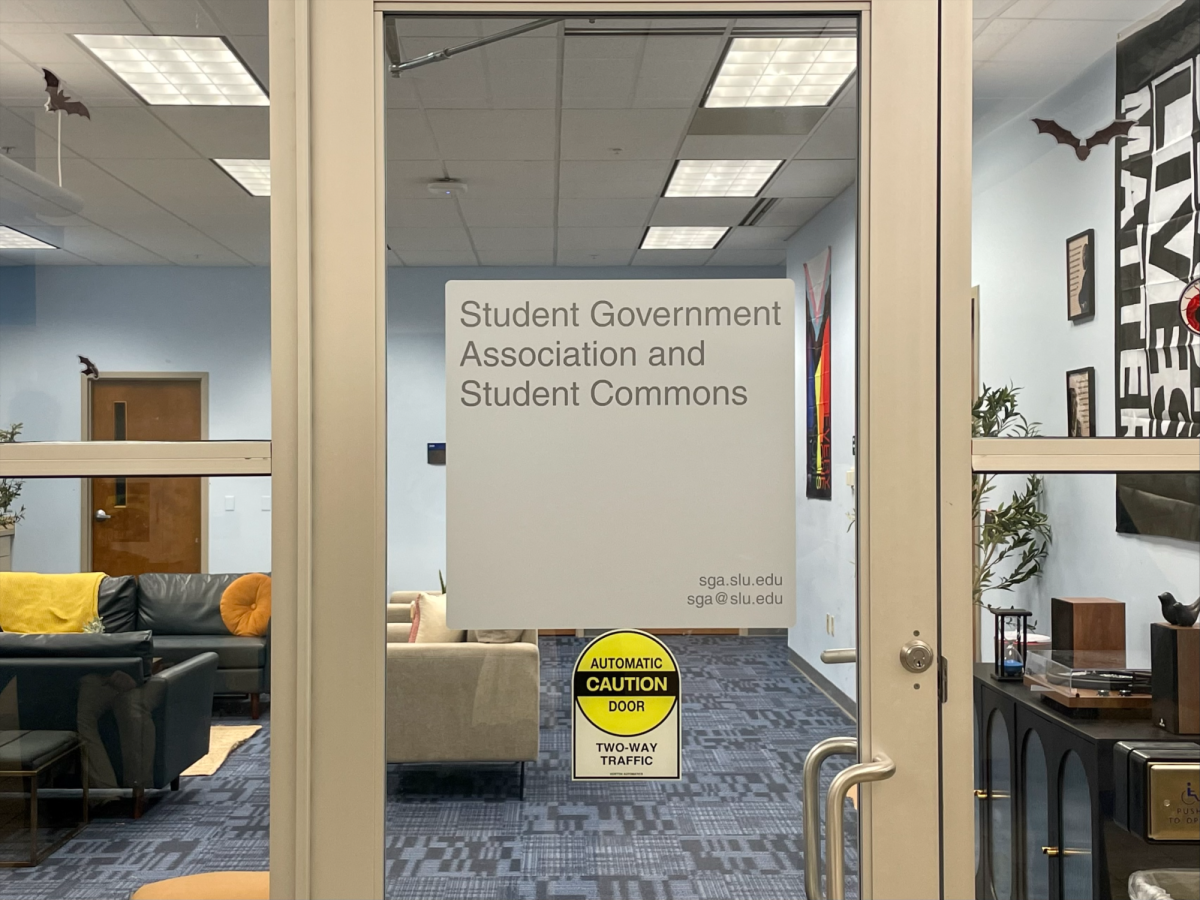
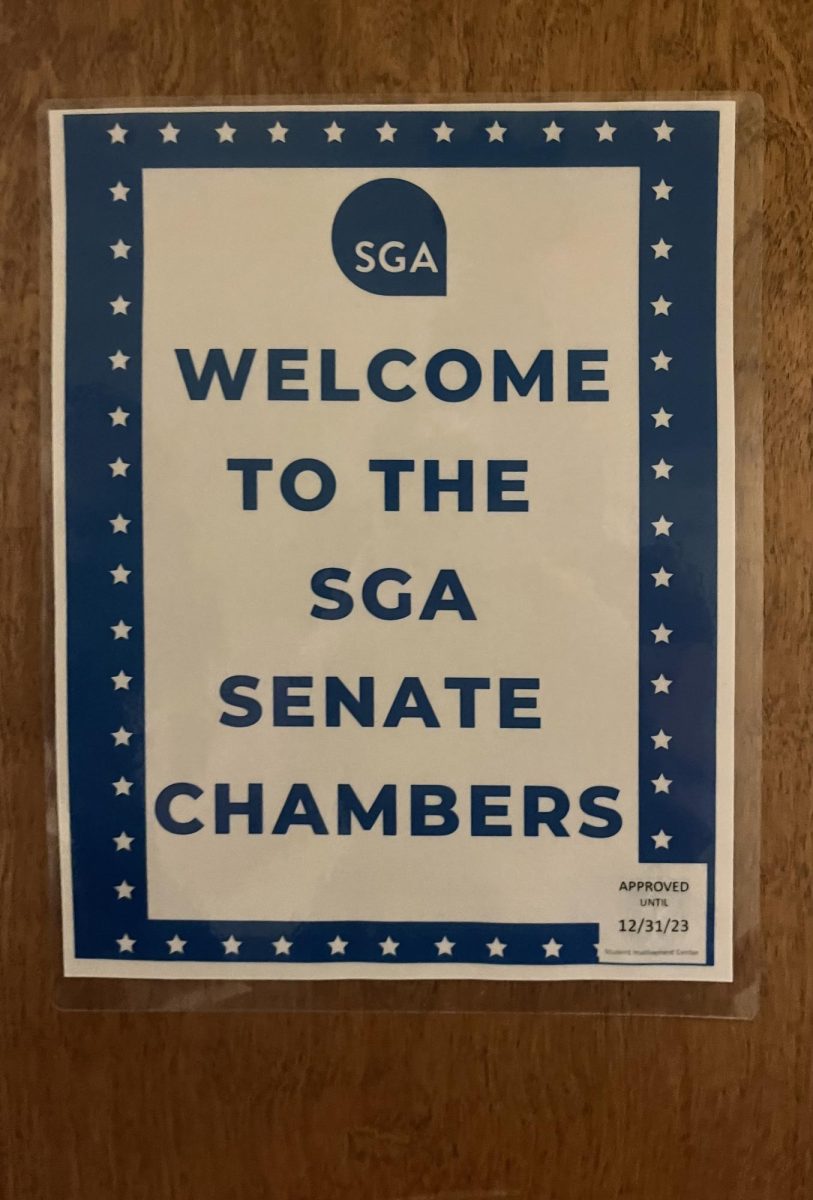
Butch Oxendine • Mar 30, 2025 at 8:39 am
ASGA has identified 8 specific ways to increase voter participation in SGA elections. Multiple candidates is number two!